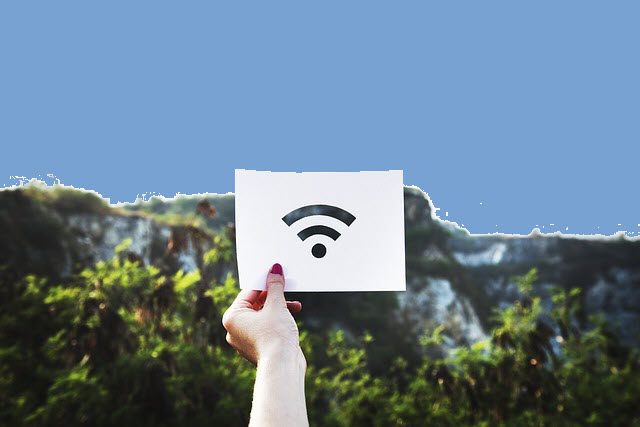Bringing high-speed internet to our community is proving to be no simple task. While there is plenty of advances being made in the technology to provide internet services the advances of working with business and government has not progressed as quickly. Hopefully all the pieces will fall without too many more roadblocks.
Phase I Technical Discussion: Connecting to the fiber backbone that runs along State Route 4 is a fairly simple process from a technical standpoint. A connection is simply made at a splice point along the fiber. Their are two vaults which can provide that splice point. From there it will be connected to a radio antenna which will be able to transmit the signal to local businesses and residences. The signal can travel several miles without a problem, however, it can easily be obstructed by trees, mountains, buildings etc. Since our phase one radio antenna will be located along the highway we will not be able to reach the full potential of the signal due to those obstructions. At each business or residential connection there will be a small antenna and radio to receive the signal and then that will be connected to the customer’s router or wireless access point.
Once the infrastructure is in place to provide the network to each customer, we will then be able to subscribe to a wholesale direct internet access service. We are still negotiating for the best rate for this service. Speeds for this service will start at 100mb/sec and can go as high as 1,000mb/sec. That bandwidth will be shared with all users on the system equally. This sharing will be dynamic rather than fixed in order to provide as fast a connection a possible for all. The reason for this is that not every user will use the internet at the same time. Even if you are surfing the web, or streaming video, you still aren’t using a continual stream of data. This allows the stream to be shared by others. For instance if 20 users were sharing that 100mb/sec at a fixed rate they would each only get 5mb/sec of data. If 10 users weren’t home, 5 more were only using 2mb/sec streaming video and 5 more were downloading files at maximum speed of 5mb/sec then the total used would be 35mb/sec leaving 65mb/sec unused. If, however, that 100mb/sec was dynamically assigned then the 10 users away would get a trickle for their IOT (internet of things) devices, the 5 streamers would still get their 2mb/sec and those downloading files would get approximately 18mb/sec of data while they were downloading. That is more than three times the speed for those users without affecting any other user negatively.
I hope this clarifies what we are hoping to do in the short term. Stay tuned for a coming post where I’ll discuss what Phase II will look like.

